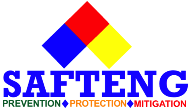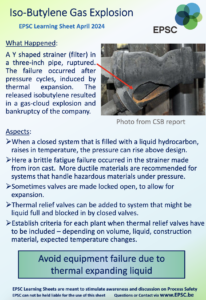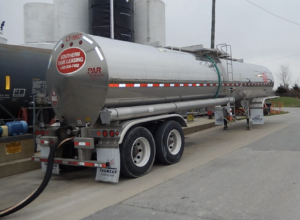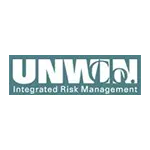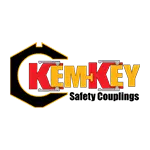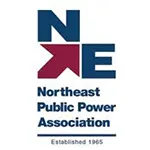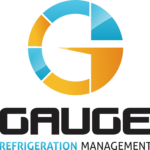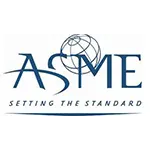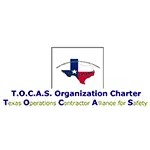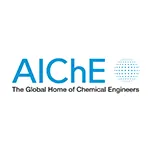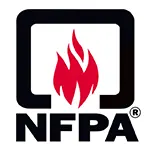Let us help you make sense of PSM / RMP!
My friend Brian Chapin will be offering an open-enrollment PSM/RMP class in Burleson, Texas, July 8th to 11th, 2025. Brian is an absolute pro in NH3 Refrigeration Process Safety. Anyone who attends will also get a FREE membership to SAFTENG. You can get more information on the class with this link.
CLICK HERE to Renew your Membership
CLICK HERE for a NEW Membership
CLICK HERE to see eligibility requirements for FREE Membership
If you have any questions, please contact m
SAFTENG has:
- Over 18,000 categorized unsafe acts/conditions and accident/injury photos
- Over 1,500 ppt's & doc's in the SAFTENG Library
- Over 4,000 Technical Articles on Process Safety, Emergency Response & OSH topics
- Over 450 videos (those not allowed on YouTube Channel)
Many THANKS to my NEW Members and those who CONTINUE to support SAFTENG:

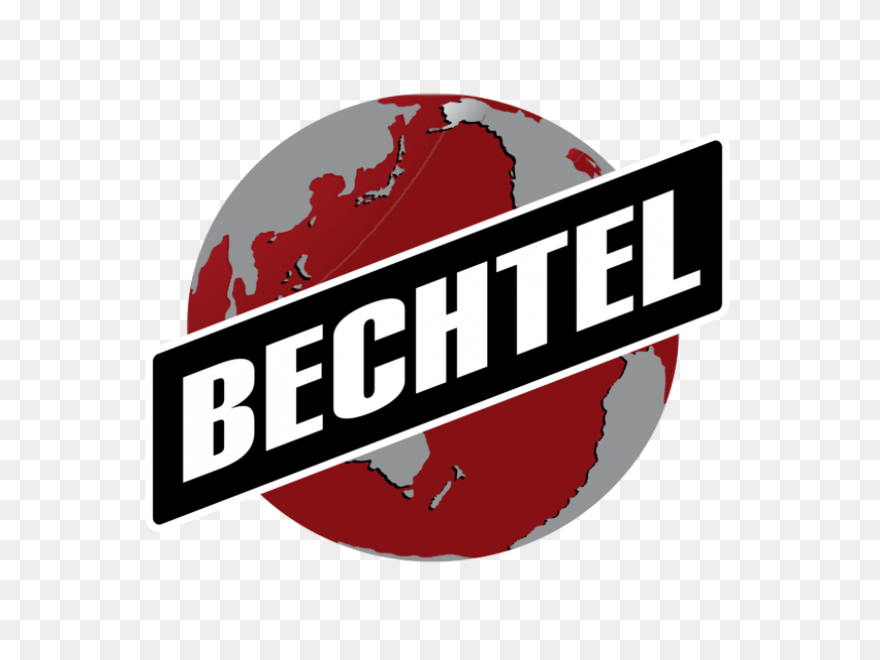







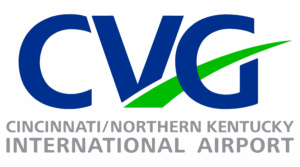

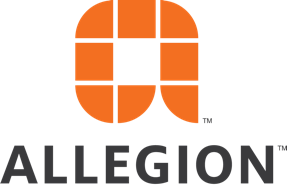
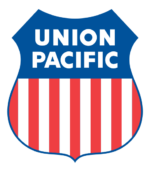

April 3, 2024
The Respondent formerly operated an ammonia refrigeration process at a distribution center and warehouse, which maintained a maximum inventory of the regulated toxic substance anhydrous ammonia at the Facility, which exceeds the threshold quantity of 10,000 pounds of anhydrous ammonia as set forth in Table 1 at 40 C.F.R. § 68.130 and, therefore, has had a regulated substance present in more than a...
Read More
April 3, 2024
Are “safety cans” created equally? Nope, and which UL standard they meet will dictate how much “safety they provide.” OSHA’s 1910.106 defines a “safety can” as Safety can shall mean an approved container, of not more than 5 gallons capacity, having a spring-closing lid and spout cover and so designed that it will safely relieve internal pressure when...
Read More
April 3, 2024
A Y-shaped strainer (filter) in a three-inch pipe ruptured. The failure occurred after pressure cycles induced by thermal expansion. The released isobutylene resulted in a gas cloud explosion and the company’s bankruptcy. Aspects: When a closed system filled with a liquid hydrocarbon raises the temperature, the pressure can rise above the design. Here, a brittle fatigue failure occurred in the...
Read More
April 2, 2024
Have you ever walked up to a atmopsheric storage tank and seen the paint bubbling and the hazard signs/placards faded/peeling off? Look up and you will most likely see the atmopsheric vent line on that side of the tank. What are these indicators of? The tank being over filled, which is a serious event and is certainly a Loss of Primary Containment (LOPC) event. But these days,...
Read More
April 2, 2024
Although it is done often, most state Fire Codes PROHIBIT the use of DOT tank vehicles and tank cars as “Flammable Liquid Storage Tanks.” We call this “dropping trailers,” and my 2014 Article “Dropping Trailers of Flammable Liquids” got quite the debate going. But trust me, there are sound engineering reasons why we can not and should not use DOT shipping...
Read More
April 2, 2024
Recently, a facility experienced firsthand why the IFC and its state fire code PROHIBIT the movement of hazardous materials via the facility’s “tunnel system.” The code does not prohibit the use of the tunnel system or even in enclosed corridors. Still, the design requirements for these tunnel systems or enclosed corridors to move HAZMATs are usually not cost-effective. ...
Read More
April 2, 2024
Respondent owns and operates a cheese manufacturing facility. On March 22, 2022, EPA inspected the Facility to evaluate compliance with CERCLA Section 103, EPCRA Sections 304-312, and the GDC of CAA Section 112(r). Based upon the information gathered during the Inspection and subsequent investigation, EPA determined that Respondent violated certain provisions of CERCLA, EPCRA, and the CAA. At all times...
Read More
March 31, 2024
On March 28, 2024, the U.S. Environmental Protection Agency (EPA) published its Final Rule: Clean Water Act Hazardous Substance Facility Response Plans (Final Rule), requiring certain facilities to develop Facility Response Plans (FRP) for a worst-case discharge of Clean Water Act (CWA) hazardous substances, or threat of such a discharge. A worst-case discharge is the largest foreseeable discharge...
Read More
March 31, 2024
“Most adverse events have their origin in two places: the systems we design around the humans and the choices of humans within those systems The resulting harm and the human errors (slips, lapses, and mistakes) that may have caused it are really two forms of outcome—outcomes to be monitored, studied, and perhaps grieved. Systems and choices are where the action is, with culture referring to the...
Read More
March 30, 2024
Goodhart’s law says… “When a measure becomes a target, it ceases to be a good measure.” This “law” is often used when denouncing poorly devised safety metrics and/or incentive programs. In most situations where there is a weak/immature Safety Process/SMS, the “law” makes sense; however, this is because, without strong leadership and a functioning Safety...
Read More
March 30, 2024
Yesterday, I went to my local mechanic to have my oil changed and my tires rotated. It took me 20 years to find this shop, and they hit a home run every time. But yesterday was quite entertaining, and I could not help but think, “We are not alone” after what I witnessed. A gentleman around my age came into the shop and explained his problem. Now, I am not a mechanic,...
Read More
March 29, 2024
Line Break is commonly associated with OSHA’s Highly Hazardous Chemicals in its PSM standard and EPA’s Extremely Hazardous Substances in its RMP rule. But SAFTENG members know I use Line Break Safe Work Practice (SWP) outside the PSM/RMP process battery limits. I apply this SWP to energy sources such as steam and even water when the water is pressurized or heated. I have...
Read More
